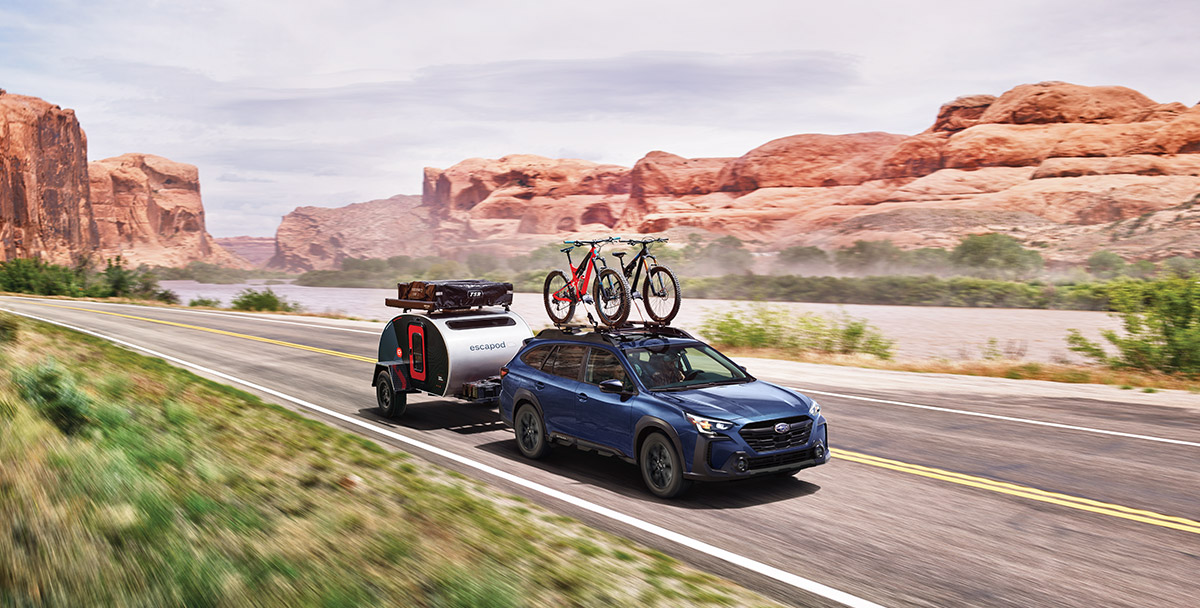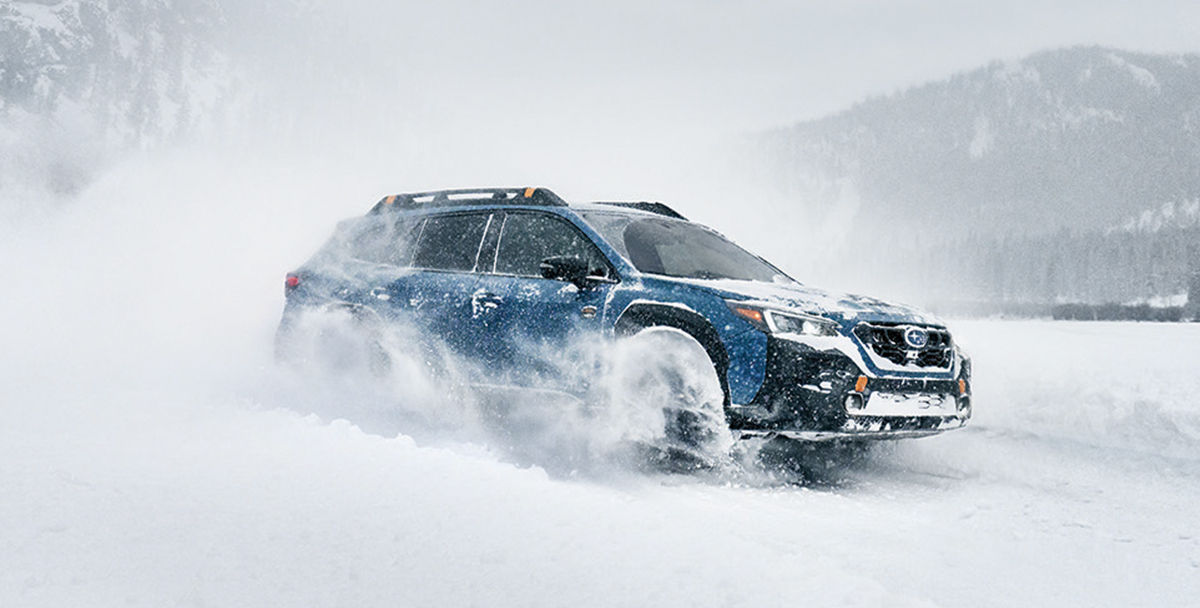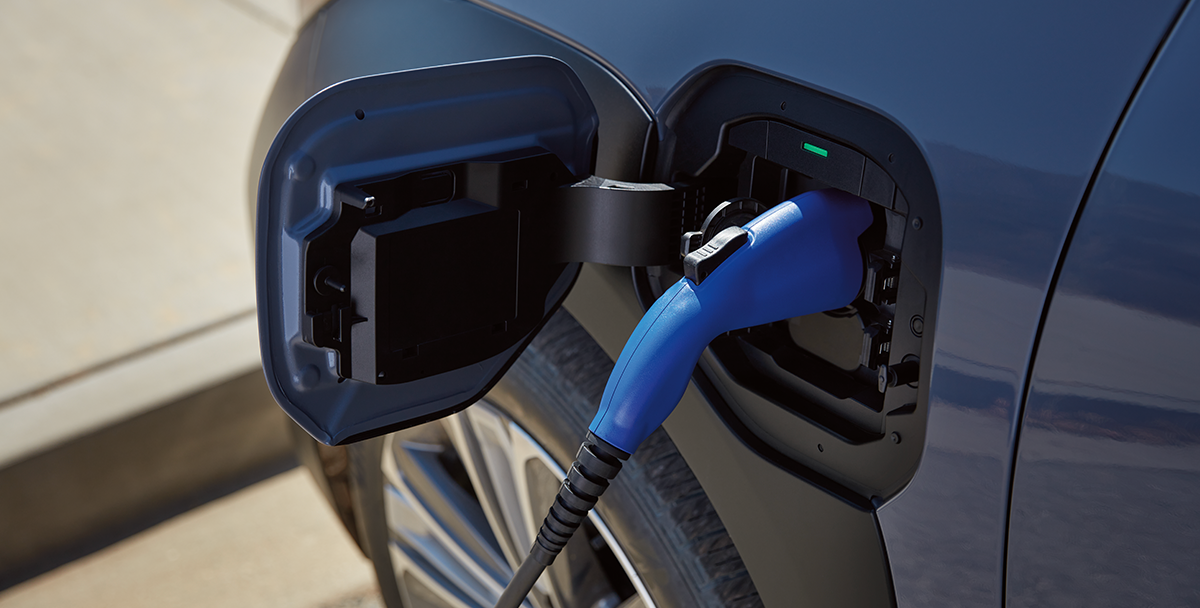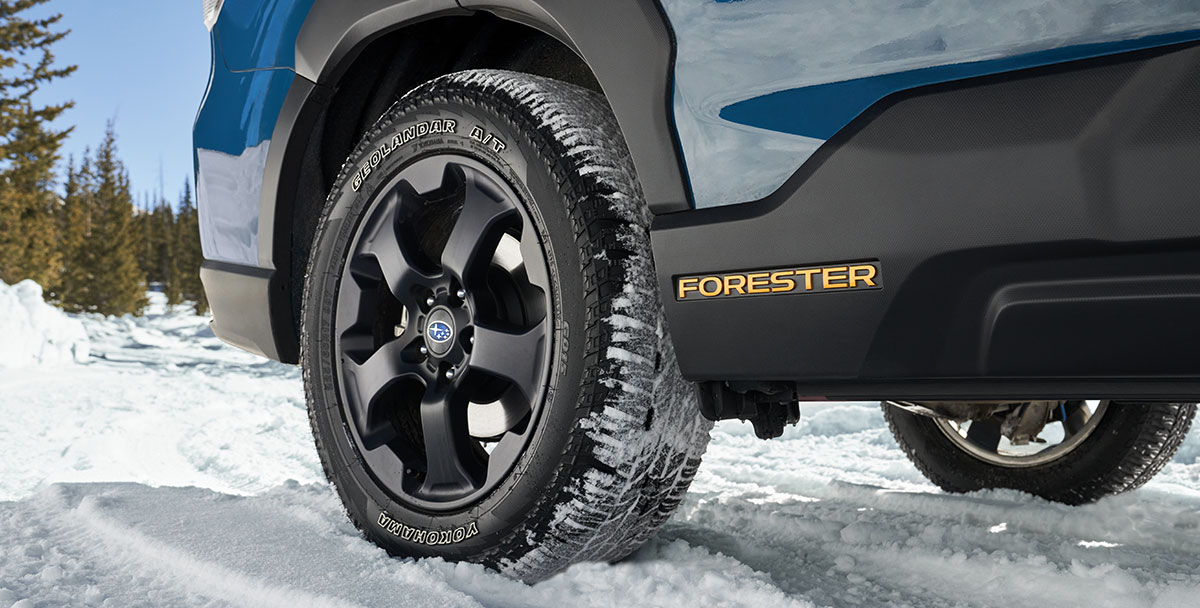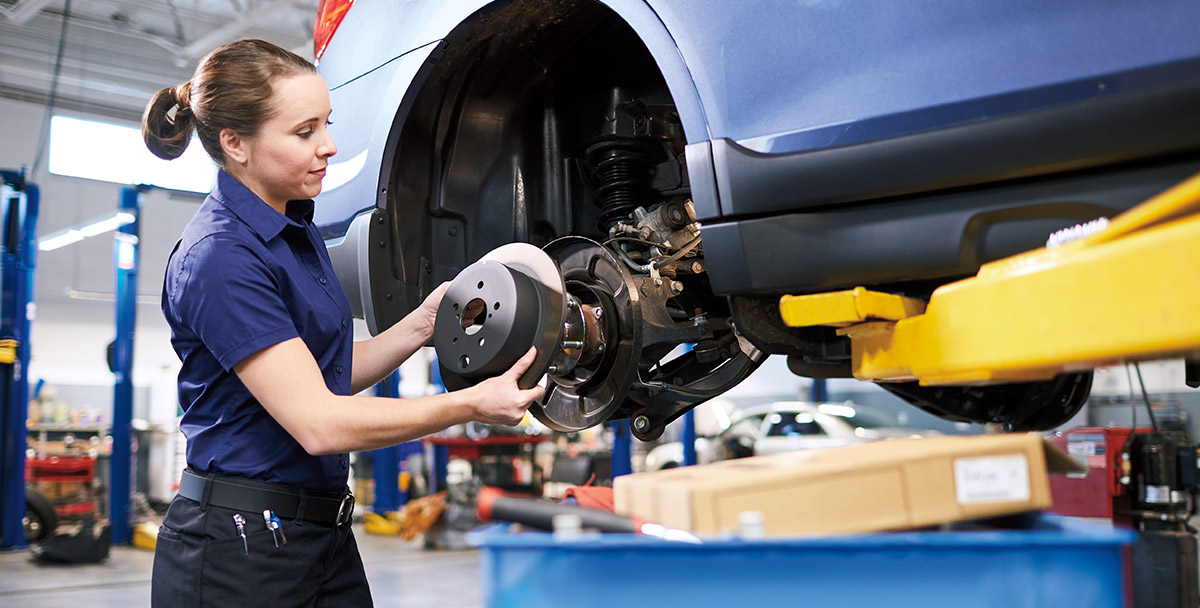To reach peak levels of performance and efficiency, elite athletes rely on fuel and oxygen to make their bodies work better, faster and stronger. The engines in your car or truck operate the same way.
But there’s one key difference.
Athletes can rely only on conditioning to boost their performance and efficiency over a lifetime of training, achieving small victories and suffering just as many setbacks along the way. Vehicles have an instant advantage to improve the use of fuel and air: turbocharging.
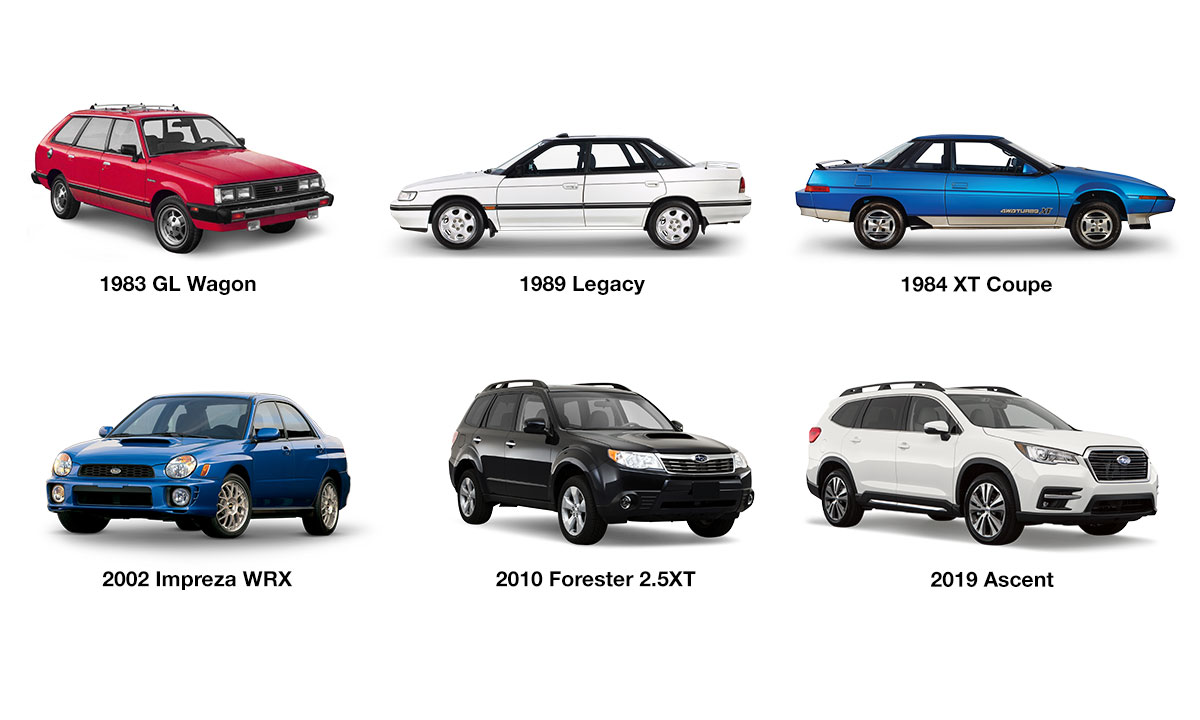
Turbocharging allows a smaller engine to produce the kind of driving force typically seen in larger engines, minus the massive fuel economy hit. It offers owners the chance to have a fuel-efficient and lower emission engine most of the time, but with power levels similar to a much larger engine on demand.
“The technologies of turbocharging and direct fuel injection work well together, allowing manufacturers to make a smaller engine for improved performance, better fuel economy or both,” says Todd Hill, the Subaru Carline Planning Manager overseeing WRX and WRX STI. “With a smaller displacement turbo engine, drive it normally and you get good fuel economy. Drive aggressively, it consumes more fuel.”
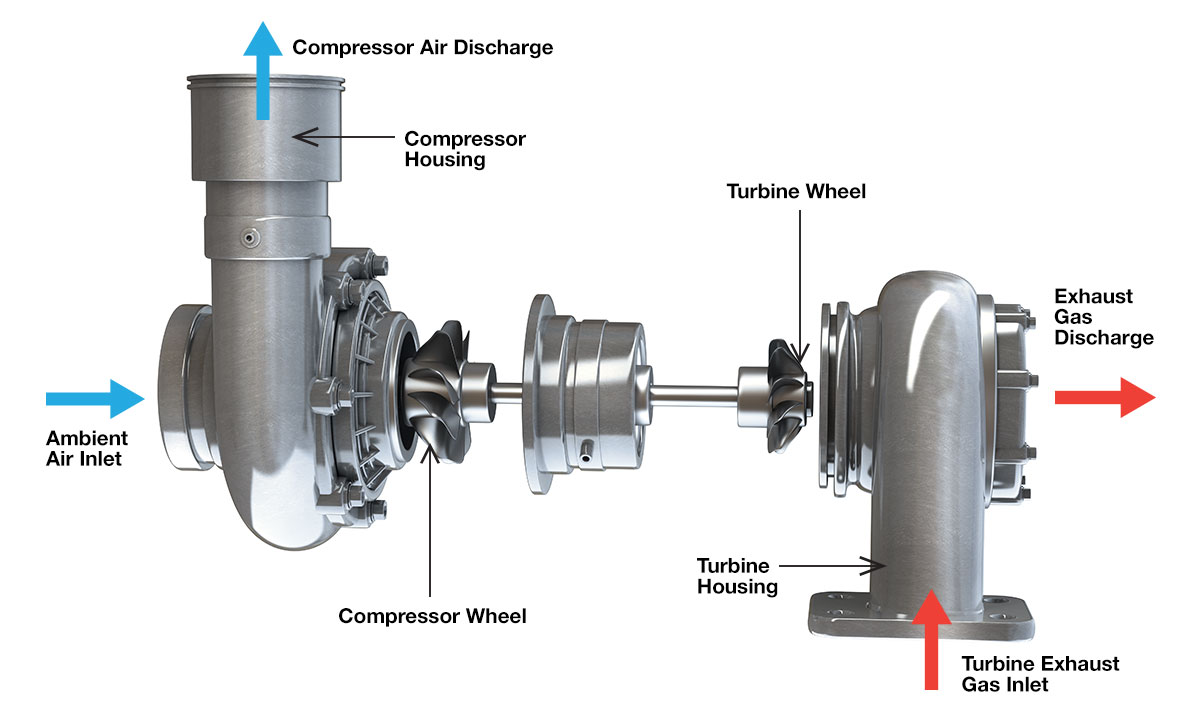
Subaru was one of the earliest manufacturers to recognize the potential of turbocharging in a mainstream vehicle. Originally, it was a technology reserved for wildly expensive exotic cars. Some conventional manufacturers experimented with it as early as the 1960s, but engine management computers that could precisely monitor and adjust fuel and air mixtures wouldn’t come along until the early ’80s.
As late as the early 1980s, cars still had carburetors, and turbocharging in mass-market automobiles was almost unheard of. Turbochargers began to make sense as electronic fuel injection and engine management computers took hold. Early on, Subaru incorporated turbocharging in its performance products and daily drivers. Where Subaru really made its reputation, though, was combining turbocharging with all-wheel drive.
And that technology is evolving.
— Todd Hill, Subaru Carline Planning Manager
The 2.4-liter turbocharged engine in the all-new Ascent SUV, for example, is configured to feel punchy and provide maximum torque at low RPM, providing brisk acceleration when merging onto a freeway or towing a trailer. Yet the Ascent can deliver up to 27 mpg1 while still producing 260 hp, all on regular unleaded gasoline.
What lies ahead for turbocharging is just as exciting. For Hill, it comes down to providing a right-sized powertrain for differing applications, from compact, fuel-efficient cars to trailer-hauling SUVs to all-out performance cars. “Where we’re headed, there will be more powertrain choices than you’ve ever had,” says Hill. And turbocharging is positioned to play a more integral component in them than ever.
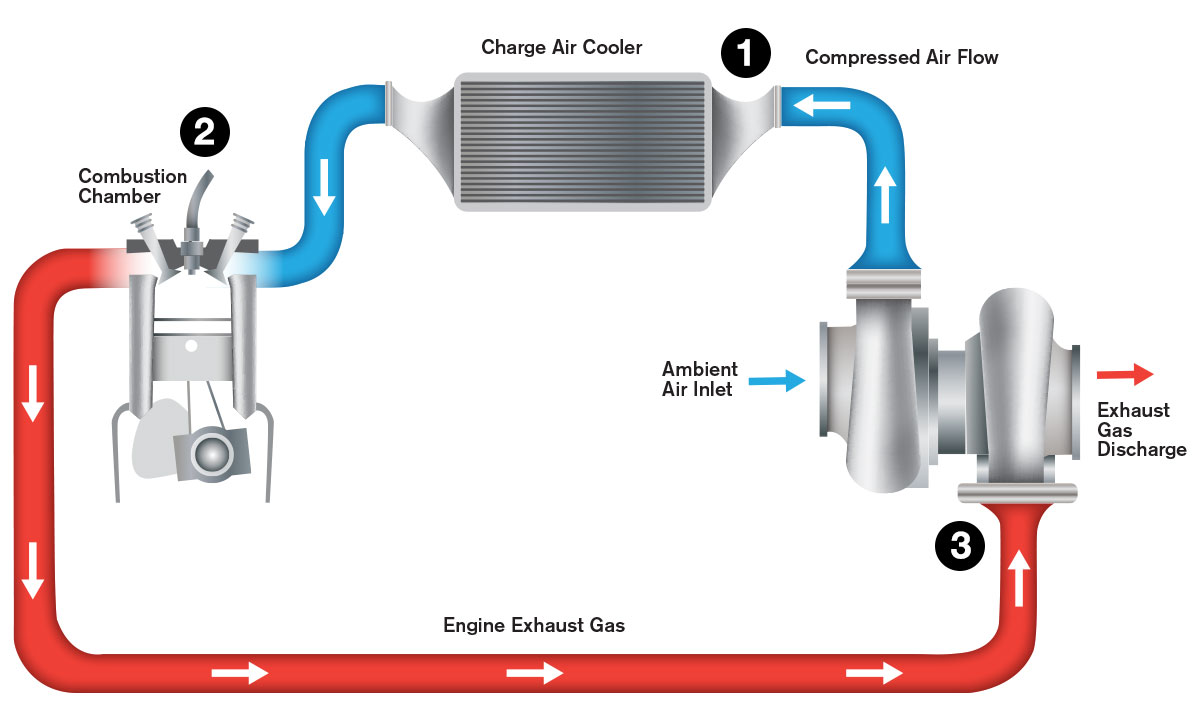
1 EPA-estimated fuel economy. Actual mileage may vary.
